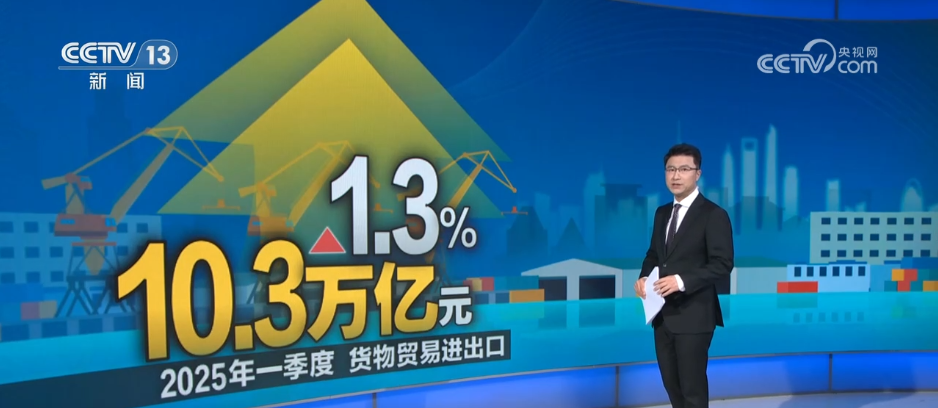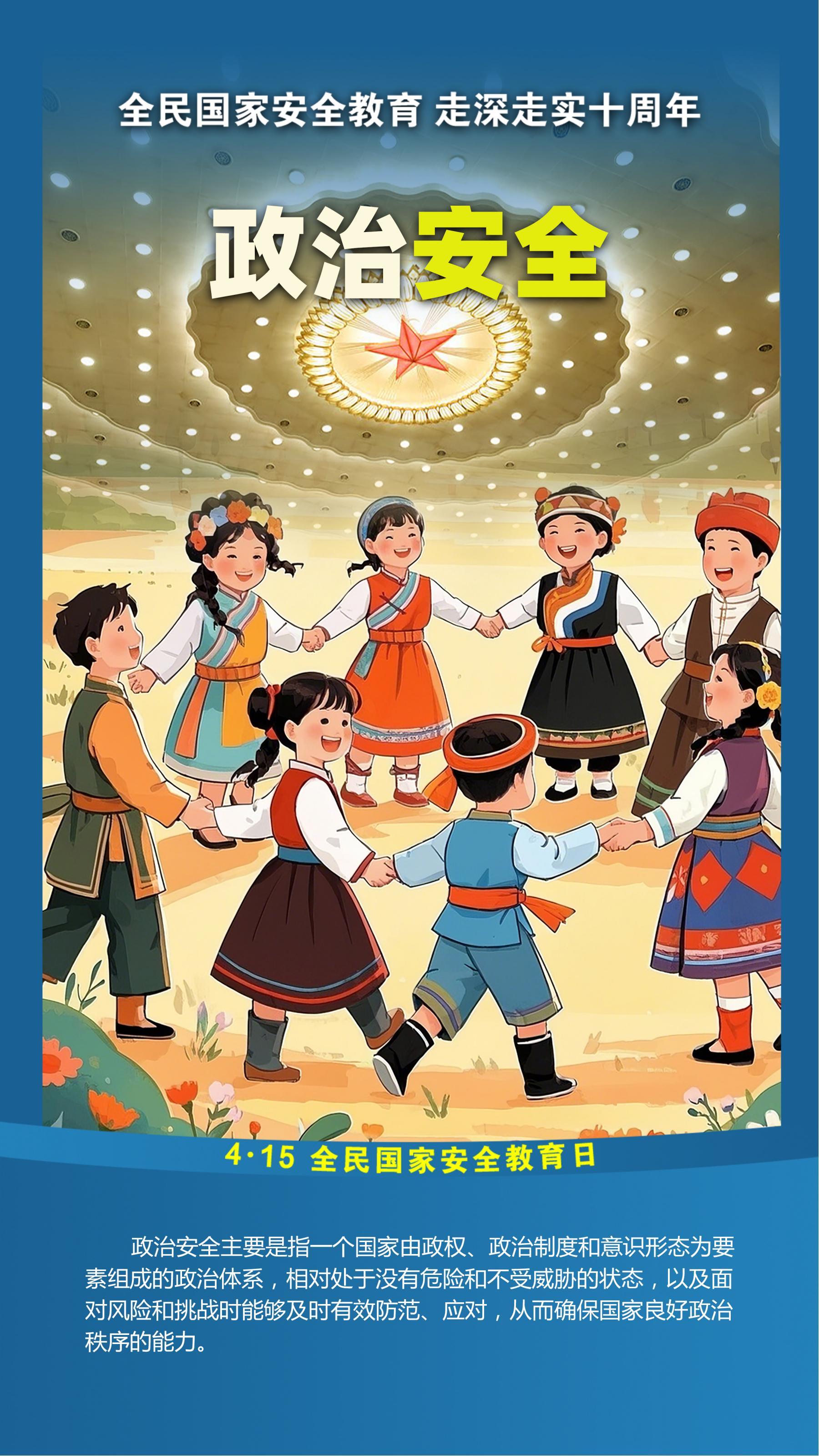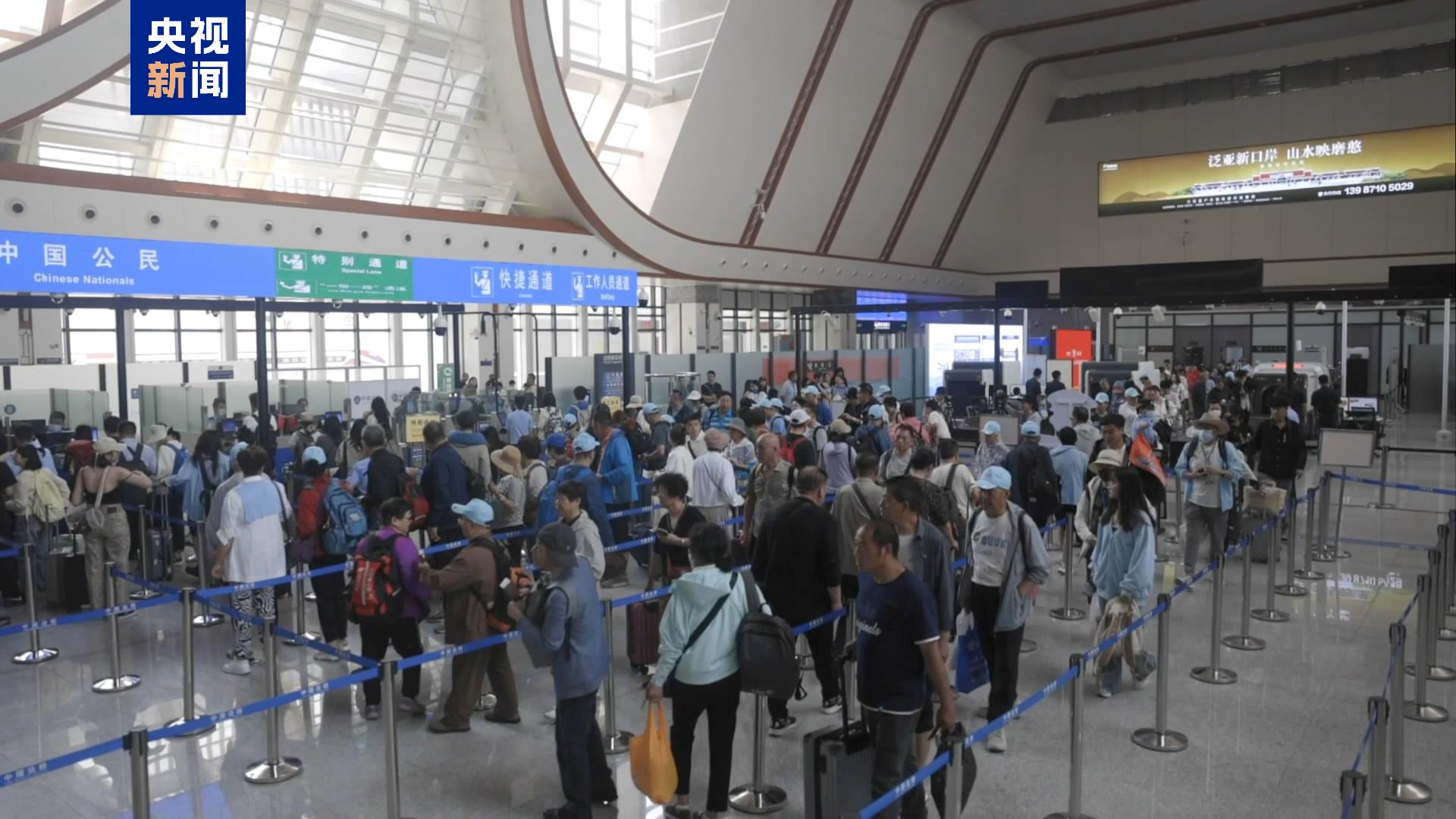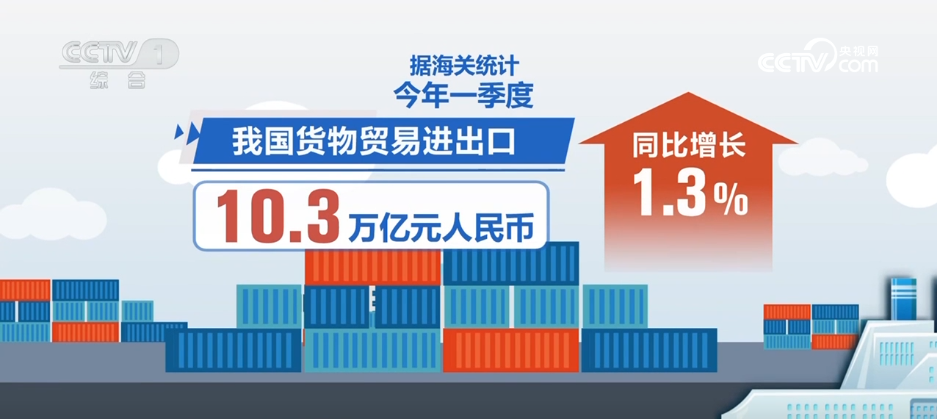At present, the third round of central ecological environment protection inspection is underway, and three batches of inspections of some provinces and central enterprises have been completed. Resolutely rectifying formalism and effectively reducing the burden on grassroots units is a prominent highlight of the central ecological environment protection inspection.
"The burden is lighter." The workload of the inspected subjects in coordination and cooperation, service guarantee and other aspects has been greatly reduced. Many local and central enterprises said, "I just need to coordinate and coordinate the dispatch and focus on quickly solving the ecological and environmental problems found and handling the ecological and environmental petitions reported by the masses."
"There is enough time." Through simplifying cooperation and guarantees, everyone can free up more time to solve problems and promote the implementation of work. Some people in charge of coordination and guarantee said, "The review of materials is not only small but also accurate. Those who are not clear can contact and communicate with the inspection team in a timely manner."
"The steps are fast." Whether the inspection team is carrying out work at the resident or going to the on-site inspection, they repeatedly emphasize reducing accompanying personnel to avoid non-work contact, further improving the work efficiency of both parties...
Relevant person in charge of the Central Ecological and Environmental Protection Inspection and Inspection Coordination Bureau introduced that the inspection closely focuses on the requirements of "Several Regulations on Reducing Burdens for Grassroots" and other requirements, making subtraction in form, adding in efficiency, improving methods, simplifying work processes, and improving long-term mechanisms, achieving reduced burdens without reducing stress and increasing effectiveness in supervision.
In order to avoid and prevent formalism and "one-size-fits-all" problems, the Office of the Central Leading Group for Ecological and Environmental Protection Inspection has taken many measures. Formulate and issue relevant requirements on rectifying formalism and reducing burdens for grassroots units during the central ecological and environmental protection inspection, and clearly stipulate that specific practices of "one-size-fits-all" under the guise of ecological and environmental protection should be strictly prohibited, and implement them well during inspections.
On the one hand, simplify inspection and reception guarantees and eliminate layers of accompanying.
Before the inspector enters, he sends a special letter to the inspectors, clarifying requirements such as simplifying reception arrangements and reducing the burden on grassroots; at the mobilization meeting for entry, it is specifically emphasized to reduce the burden on grassroots, and to clearly cooperate with the "three no's" (do not welcome and send, do not accompany the station, do not visit and condolence), and "the fewer three, the better" (the fewer people accompanying on the spot, the better, the fewer vehicles, the better, and the fewer display boards).
On the other hand, the inspector further improves the working methods.
Sharply reduce data retrieval. Each inspection team further improves the pertinence and accuracy of data review, fully relies on the "one province, one file" established in daily work, and uses the information collected in the previous period and the information collected in the past, do not review the information that is too early, do not review the information that can be queried on the Internet, do not review the information that has been mastered in the previous period, and do not review the information that has been repeatedly reviewed by multiple sources. Compared with the second round of inspections, the inspection teams of the relevant provinces in the third round of inspections reduced the data reviewed by 48%, and the inspection teams of the central enterprise have reduced the data reviewed by 66%.
Comprehensively reduce the scope of the conversation. Focus on "small incisions" and carefully "arrange in detail", and only talk to the main leaders of the party and government, the leaders in charge, and the main leaders of the departments closely related to the ecological environment, significantly reducing the number of people interviewed.
Optimize and adjust the transfer of petitions. In order to prevent the staff members of the inspected from "staying up late and other tasks", each inspection team uniformly handed over the petition reports received the day before at 9 a.m., and at the same time urged the inspected objects to hand over the petition reports in the daytime when handling petition reports. The "double review" system of petition team staff and person in charge is adopted to strengthen source control to ensure that the information of petitions transferred to the inspected objects is accurate, and to prevent the burden of handling petitions by the inspected objects from being prohibited due to the place name, factory name, location and other information.
The implementation of a series of burden-reducing measures has achieved tangible results.
A local comrades said that a lot of "red tape" of preparing materials, accompanying research, and accompanying meals has been reduced, and everyone has more time to study and solve problems and promote the implementation of work; many inspectors lamented that while reducing the burden on grassroots, they are also reducing the burden on themselves. There are fewer accompanying people, more attentive to work, longer watching the scene, and more efficient work.
A relevant person in charge of the Central Ecological and Environmental Protection Inspection and Coordination Bureau said that in the follow-up work, we will combine the ongoing learning and education on in-depth implementation of the spirit of the Central Eight Regulations to further refine and implement the work measures, and continue to reduce the burden on the inspected objects, and continuously improve the inspection efficiency, and make efforts in the same direction as the inspected objects, promote the practical solution of prominent ecological and environmental problems, and enhance the people's sense of gain, happiness and security in the ecological environment.
First, continue to deepen and reduce burdens at the grassroots level. Further improve the accuracy of data retrieval, focus on the scope of conversations, simplify service guarantees, strictly manage meetings, and simplify on-site accompanying to ensure pragmatic and efficient inspection work.
The second is to improve the ability to discover problems. Focus on key areas such as high-quality development and prominent ecological and environmental problems, major ecological and environmental damage, and environmental infrastructure shortcomings and weaknesses in major regional strategies. Highlight precise, scientific and legal issues, and focus on the prominent issues that are universal, systematic and strongly reflected by the people.
The third is to strengthen the application of new technologies and new equipment. Organically combine "high technology" with "stupid methods", strengthen the application of new technologies and methods such as satellite remote sensing, drones, artificial intelligence, and big data, and broaden the channels for inspectors to obtain information, which not only reduces disturbances to local governments and enterprises, but also discovers problems more accurately, and improves the scientificity and effectiveness of work.
Fourth, focus on helping solve problems. Strengthen communication and guidance. After the inspection report feedbacks to the inspected objects, immediately introduce the key points of the inspection rectification plan to the inspected objects to lay a solid foundation for the rectification plan preparation. Regular dispatch and sort out, strengthen positive case publicity and reporting, and give full play to the role of inspiring advanced, communicating work, and leading and driving.




